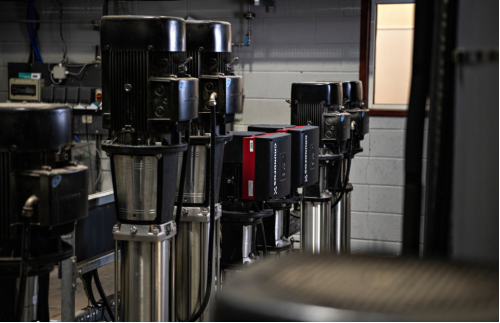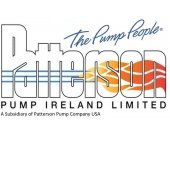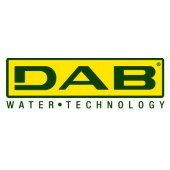Water with your whisky?
 There’s steam, and there’s high-quality steam. There are pump solutions and intelligent pump solutions. ERIKS and Grundfos proved the difference at a distillery as Nick Lees Product Manager, Pumps, at ERIKS explains.
There’s steam, and there’s high-quality steam. There are pump solutions and intelligent pump solutions. ERIKS and Grundfos proved the difference at a distillery as Nick Lees Product Manager, Pumps, at ERIKS explains.
Steam plays a crucial role in production at William Grant & Sons’ distillery in Girvan, Scotland. Any water required in the process is preheated by steam. Direct injection steam is used when cooking the 5,000 tonnes of grain treated at the distillery every week. Steam is also used to heat the cooked malt or grain when it reaches the distillation columns – to remove the vapours that contain the all important alcohol. In other words, there’s a huge demand for a great deal of steam. But not just any steam.
UNDILUTED QUALITY
High-quality steam retains less water, which has knock-on beneficial effects in the whisky production process. It not only produces less condensate but also provides better heat transfer, making it more energy efficient.
However, at William Grant & Sons’ distillery, the steam they were using wasn’t of high enough quality and was causing a number of problems, including an excess of water vapour passing down the line, excessive condensate, water hammer and other operational complications.
The issue of steam quality caused particular problems for the plant operators, whose job it was to manually control the steam level on the boiler feed.
As the Distillery Maintenance Team Leader, Scott Curran, explained: “The guys shouldn’t have that responsibility. The better the level control, the better the steam quality. And the more energy-efficient it is, the less impact it has on the planet.”
THE INTELLIGENT SOLUTION
It’s a long way from Girvan to Birmingham, but making the trip proved worthwhile for Scott when he attended a Grundfos iSolutions event there. It had been flagged for him by James Mason – ERIKS’ regional planner for their onsite engineering stores at Girvan.
James thought it might help Scott find a solution to the high failure rate of the boiler feed water valves.
Grundfos iSolutions uses intelligent connectivity for pumps, sensors, controls and SCADA systems, to improve the efficiency of a wide range of applications. And it was while watching a demonstration of a continuous control system for a boiler that Scott had what he now calls his ‘lightbulb moment’. Why couldn’t the same solution be applied to a boiler feed water valve?
The answer was: it could. And Grundfos iSolutions undertook a Six Sigma Yellow Belt trial project on a single William Grant & Sons boiler to prove it.The first step was to replace the fixed-speed CR pumps for the boiler feed, with Grundfos iSolutions CRIE pumps incorporating integrated variable speed drives. Then, as the CRIE pump controls the level – increasing or decreasing in speed, in line with demand for steam – the now redundant modulating valve was removed.
In addition, the Grundfos pump uses built-in functions in the drive – such as limit-exceed and signal relay output – to control a bypass valve. This secures the flow through the economiser when the burner is running, but the boiler is not calling for water.
With all control handled by the drive, complexity is reduced, but still, everything happens at exactly the right time for safe and efficient boiler operation.
SOMETHING TO CELEBRATE
Assessing the situation six months on, Scott describes the solution as having ticked all the boxes. There is now improved steam quality and improved level control. The greater boiler energy efficiency delivers up to 6% savings on boiler gas usage with an additional 40% energy savings from one pump. Plus, there had been no boiler feed water valve failure in that half-year period.
Back to Latest News




1.png&w=170&h=170)
2.jpg&w=170&h=170)





3.png&w=170&h=170)
